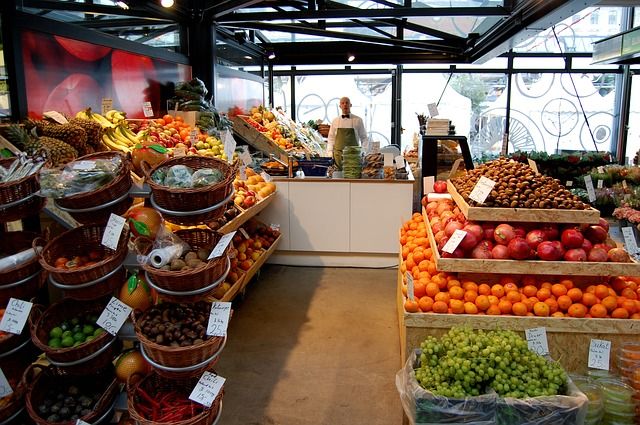
A new push has begun to limit the number of self-checkout kiosks in retail stores, exemplified by a current ballot proposal in Oregon. This trade-union based initiative, aimed at preserving the jobs of retail clerks, would place a ceiling of two kiosks per store. Such initiatives would probably preserve some retail employment, helping a few people retain their (low-paying) jobs. Even that is not clear, though: Kiosks cut costs; and with retail being a highly competitive industry, reduced costs get passed on to consumers in lower prices, encouraging more demand that would at least partly offset any cut in retail clerks’ employment. And that ignores jobs created in the high-tech sector producing and servicing the kiosks.
According to a very interesting recent study by Lester Lusher, Geoffrey Schnorr, and Rebecca Taylor, time per item purchased is slower in self-checkout than with cashiers. BUT—having often spent ten minutes waiting for a cashier at Whole Foods, self-checkout would almost certainly produce shorter waits for some people, more than compensating for customers’ lesser efficiency at checking out compared to cashiers. Each customer will save a little time—which each person values; but every little bit adds up to a large saving for society overall. All of us gain a little as customers; a few gain a lot as workers in industries manufacturing and servicing kiosks; and a few retail workers lose a lot. With both kiosks and cashiers, eventually the total time a person spends checking out will drop with both self-checkout and cashiers and will equalize, counting both waiting time and scanning time. And if there is no overall saving of time for customers, they will quickly abandon self-checkout and the kiosks, having failed a market test, will disappear.
Why the limit to two kiosks—why not zero? This limit strikes me as a bit disingenuous. There are large scale economies in installing and servicing these kiosks, which is why you don’t see them in small family owned and operated stores. Installing just one or two kiosks is not economical, so that limiting stores to two kiosks means that the true limit of this proposal is effectively zero kiosks.
One could preserve and even create retail jobs by going still further and banning Universal Product Codes (UPC). Before the 1980s retail employees spent huge amounts of time stamping products with the price charged. UPCs vitiated that, saving huge amounts of labor and benefiting consumers greatly by reducing costs of groceries. This is one reason why the Consumer Price Index for food has risen more slowly than the overall CPI. But while this would create retail jobs it would make life worse, and more expensive, for the vast majority of citizens.
Neo-Luddism hurts society as a whole and if successful benefits only a few people. We can do much better—the economy would be better off—by welcoming technological improvements like self-checkout kiosks, but also making serious efforts to retrain those few workers who lose their jobs because of them.
© Daniel S. Hamermesh
Related IZA World of Labor articles:
"Employment protection" by Stefano Scarpetta
"How is new technology changing job design?" by Michael Gibbs
Read Daniel S. Hamermesh’s IZA World of Labor articles “Do labor costs affect companies’ demand for labor?” and "The labor market in the US, 2000–2018."
Please note:
We recognize that IZA World of Labor articles may prompt discussion and possibly controversy. Opinion pieces, such as the one above, capture ideas and debates concisely, and anchor them with real-world examples. Opinions stated here do not necessarily reflect those of the IZA.